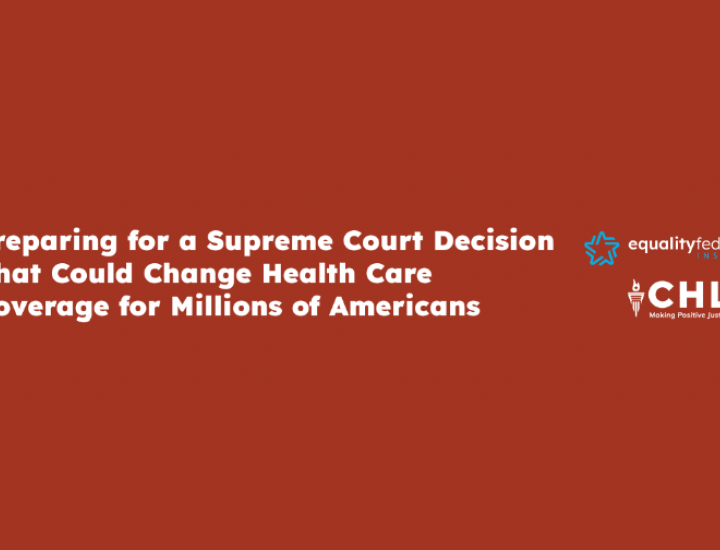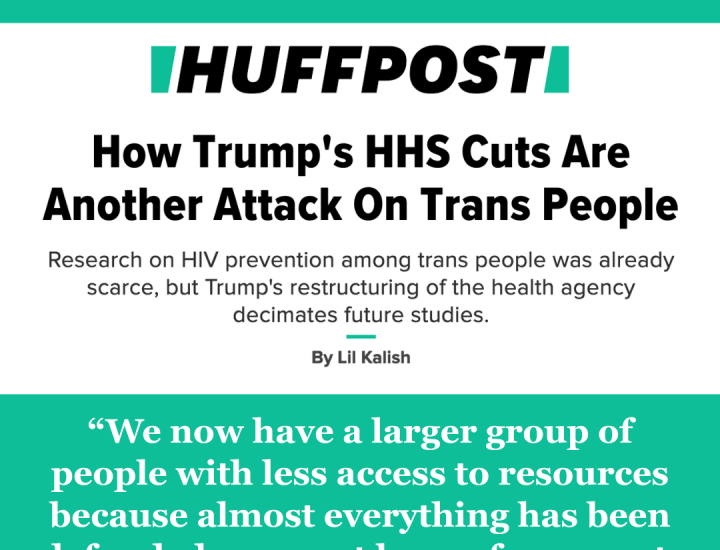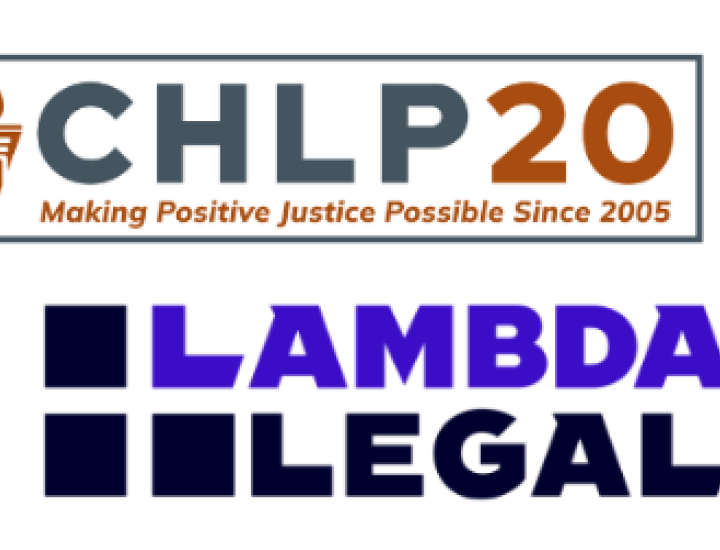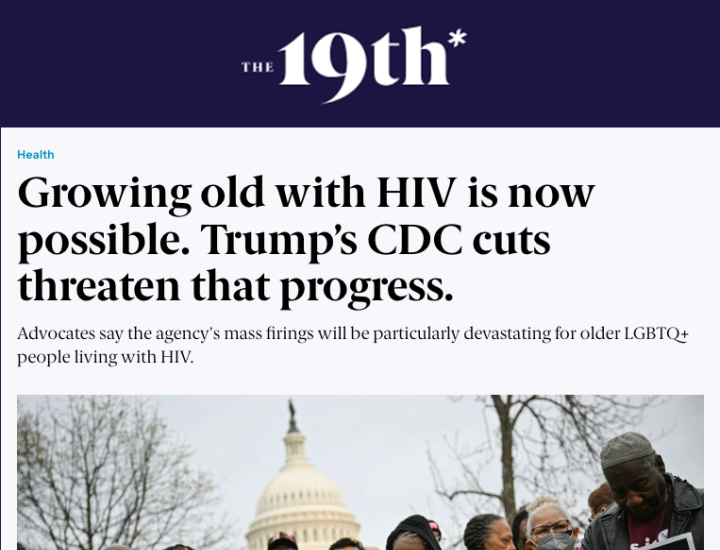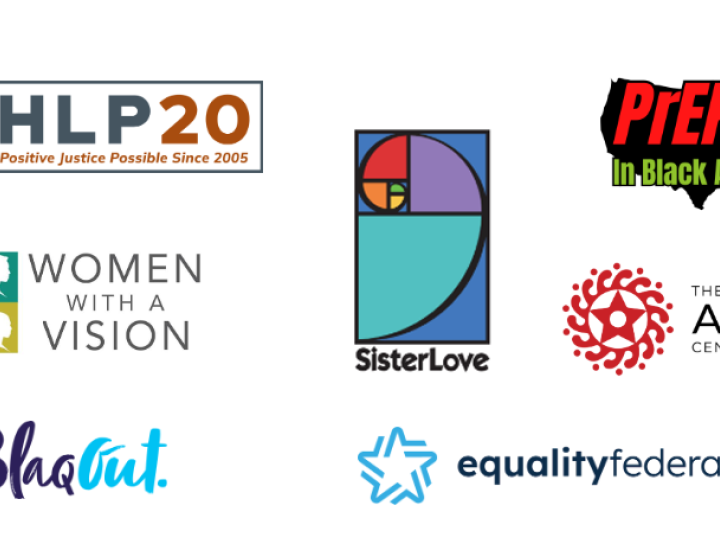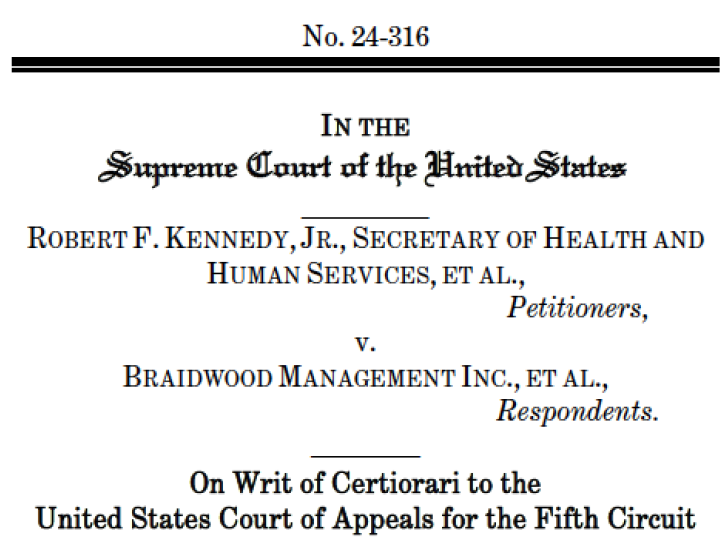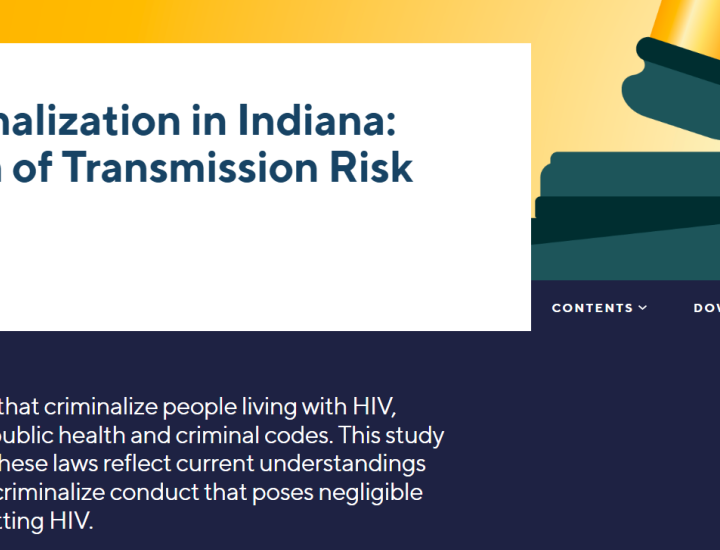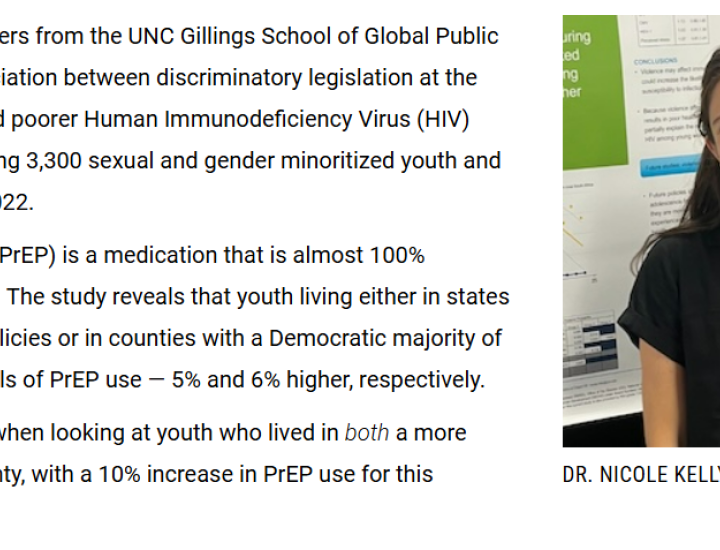Prevention and Sexual Health
The essential starting point of HIV prevention is understanding how HIV is transmitted and then employing mechanisms to avoid or reduce the risk of transmission. Generally, HIV is transmitted in one of three ways: unprotected sex, shared needles or syringes, and from mother to child. Prevention efforts and the legal and policy issues that surround them are critical components in the battle against HIV.
This HIV Policy Resource Bank category includes reports, research, and recommendations on issues such as condom access programs, sperm washing, prevention of perinatal transmission, sexual health and HIV education, prevention interventions in correctional facilities, post-exposure prophylaxis (PEP), the ineffectiveness of abstinence-only-until-marriage programs, needle and syringe exchange, partner services, and human rights as they relate to prevention and sexual health.



